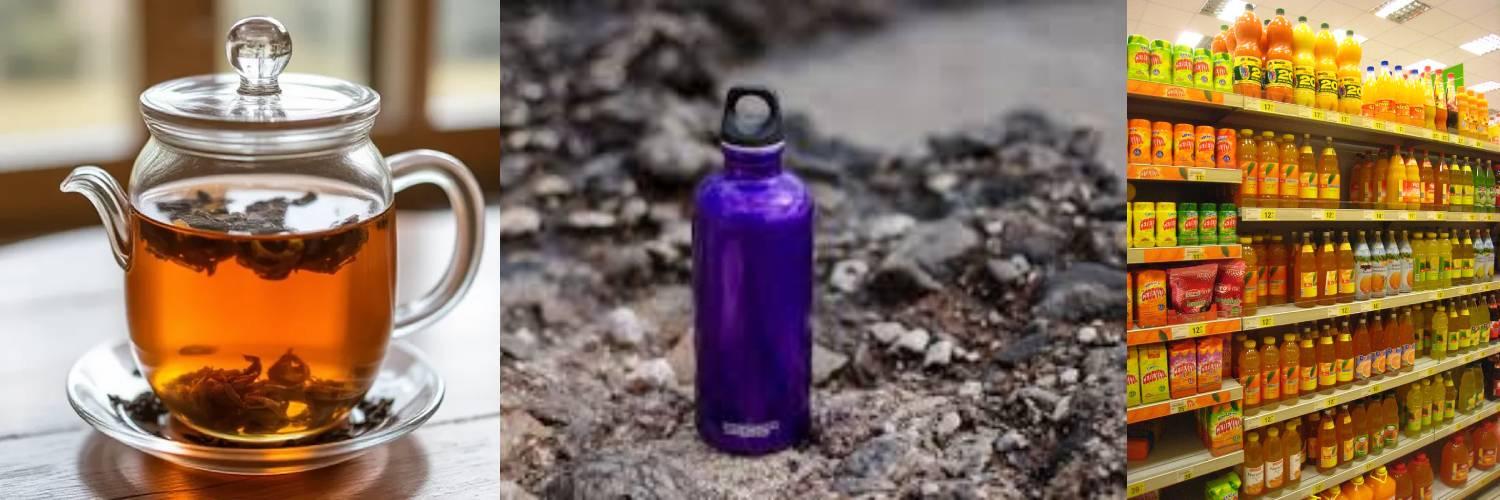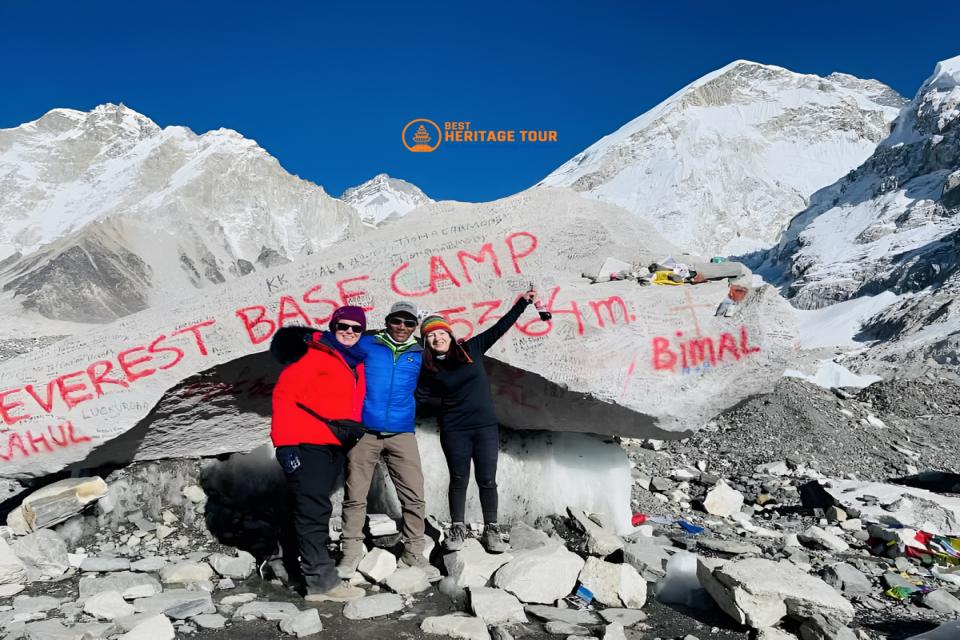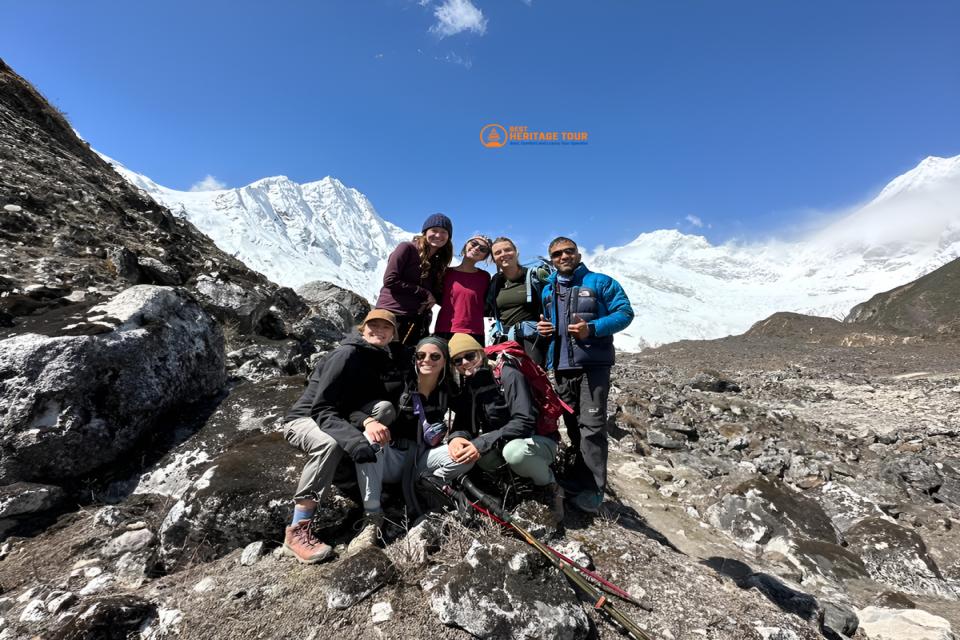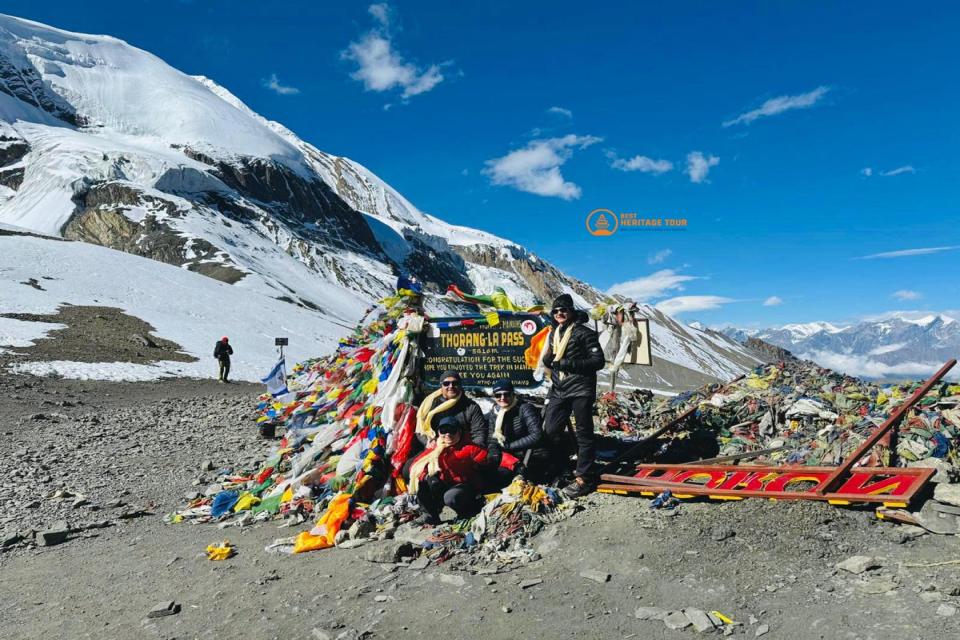Trekking in Nepal is an adventure of a lifetime. From the towering peaks of Everest to the serene trails of Annapurna and Langtang, the Himalayas offer breathtaking landscapes and a unique cultural experience. While proper gear, fitness, and route planning are crucial, one of the most overlooked yet vital aspects of trekking is staying hydrated.
Dehydration can affect your energy, mental focus, and even your safety on long treks. High altitudes, physical exertion, dry air, and unpredictable weather all increase fluid loss, making it essential for trekkers to plan their hydration strategies carefully. In this guide, we’ll explore the importance of hydration, practical strategies to maintain fluid balance, and tools and tips for staying safe and energized during your trek.
Why Hydration is Crucial on Nepal Treks
1. High-Altitude Challenges
At higher elevations, such as Everest Base Camp (~5,364m) or Annapurna Base Camp (~4,130m), the air is thinner and drier, increasing fluid loss through respiration. Additionally:
-
The body works harder to maintain oxygen levels, increasing metabolic demand.
-
Cold temperatures can reduce the sensation of thirst, leading to unintentional dehydration.
2. Physical Exertion
Long hours of trekking, climbing steep paths, and carrying backpacks increase sweat loss. Even moderate dehydration (1-2% of body weight) can cause:
-
Fatigue and decreased endurance
-
Dizziness or lightheadedness
-
Reduced cognitive performance, affecting navigation and safety
3. Health Risks of Dehydration
Untreated dehydration can escalate to serious conditions:
-
Altitude Sickness: Dehydration can worsen headaches, nausea, and dizziness.
-
Heat-Related Illnesses: In lower altitudes or sunny areas, dehydration increases the risk of heat exhaustion.
-
Kidney Strain: Prolonged dehydration stresses kidney function and electrolyte balance.
How Much Water Do Trekkers Need?
Hydration needs vary based on altitude, temperature, activity level, and individual physiology. General guidelines:
-
Low to mid-altitude treks (1,500-3,000m): 2-3 liters per day
-
High-altitude treks (3,000-5,500m): 3-4+ liters per day
-
During exertion or hot days: Add 0.5-1 liter per hour of strenuous activity
Tip: Drink small amounts regularly rather than large volumes at once. This improves absorption and reduces the risk of stomach discomfort.
Signs of Dehydration to Watch For
Being aware of dehydration symptoms can prevent serious complications. Look for:
-
Dark yellow urine or infrequent urination
-
Dry mouth and lips
-
Headaches and dizziness
-
Fatigue and muscle cramps
-
Rapid heartbeat or shortness of breath
Early recognition is key. Address dehydration immediately by drinking fluids and resting if necessary.
Types of Fluids to Carry on Treks
1. Water
-
Always your primary source of hydration.
-
Carry at least 2 liters in a hydration bladder or bottles during daily treks.
-
Prefer bottles with wide mouths for easy filling and cleaning.
2. Electrolyte Drinks
-
Trekking at high altitudes causes loss of electrolytes through sweat and urine.
-
Electrolyte powders or tablets help replace sodium, potassium, magnesium, and calcium, maintaining energy and preventing cramps.
3. Herbal Tea and Warm Fluids
-
Popular in Nepalese tea houses: ginger, lemon, or green tea.
-
Provides warmth at cold altitudes while contributing to fluid intake.
-
Avoid excessive caffeine as it can increase urine output.
4. Avoid Alcohol and Excessive Caffeine
-
Both can accelerate dehydration.
-
Alcohol can also exacerbate altitude sickness.
Practical Hydration Strategies on the Trail
1. Carry a Hydration System
-
Hydration bladders (1-3 liters): Convenient for sipping without stopping.
-
Bottles: Easy to refill, and wide-mouth bottles allow ice or purification tablets.
2. Refill at Safe Water Sources
-
Boiled water or filtered water from lodges and tea houses is safe.
-
Use water purification tablets, filters, or UV sterilizers for streams or rivers.
3. Monitor Your Urine Color
-
Pale yellow indicates proper hydration.
-
Dark yellow signals dehydration; increase fluid intake.
4. Set a Drinking Schedule
-
Small sips every 15-20 minutes.
-
Pre-hydrate before the trek begins and drink immediately after strenuous segments.
5. Use Electrolyte Supplements
-
Trekking in high altitude requires replenishing lost salts.
-
Mix electrolyte powder into water, or consume energy drinks in moderation.
6. Account for Weather and Altitude
-
Cold weather may reduce thirst; consciously drink fluids.
-
Hot, sunny days or steep ascents require increased hydration.
Tools and Gear to Aid Hydration
-
Hydration Packs: Bladders with tubes allow hands-free drinking during hikes.
-
Insulated Bottles: Keep water from freezing at high altitudes or staying cool in lower regions.
-
Water Filters: Lightweight, portable filters help purify water from streams.
-
Water Purification Tablets: Useful backup for emergencies.
-
Electrolyte Powder Sachets: Easy to carry and mix on the go.
Local Tips for Staying Hydrated in Nepal
-
Most trekking lodges provide boiled or filtered water.
-
Tea houses often sell bottled water, but it can be more expensive in remote areas.
-
Avoid ice in drinks unless certain it’s made from safe water.
-
Carry a personal reusable bottle or hydration bladder to minimize plastic use.
Regional Considerations
Each trekking region in Nepal has unique hydration challenges:
-
Everest Region: Extreme cold and high altitude increase water loss through respiration. Carry insulated bottles to prevent freezing.
-
Annapurna Circuit: Varied climates; drink water frequently, especially during mid-day sun exposure.
-
Langtang and Helambu: Wet monsoon season may allow easier access to water, but treat all sources.
-
Lower Altitude Treks: Hotter temperatures; watch for heat-related dehydration.
Nutrition and Hydration
Hydration is linked to nutrition. Eating water-rich foods and snacks containing electrolytes can help maintain fluid balance:
-
Fruits like oranges, apples, and watermelon (seasonal availability).
-
Energy bars with sodium and potassium.
-
Soups and broths served at tea houses provide both hydration and warmth.
Safety Considerations
-
Never rely on thirst alone; dehydration can sneak up.
-
Monitor trekking companions for symptoms.
-
Always carry an emergency supply of water for unexpected delays or difficult sections.
-
Combine proper hydration with layering, proper clothing, and rest to prevent altitude sickness.
How Best Heritage Tour Helps Trekkers
Best Heritage Tour prioritizes the safety and health of trekkers:
-
Guides educate trekkers about hydration needs for each region.
-
Advise on water purification methods, hydration gear, and electrolyte use.
-
Ensure lodges and tea houses along the trek have access to safe drinking water.
-
Provide personalized tips based on trek duration, altitude, and difficulty level.
By following these practices, trekkers can maintain energy, mental alertness, and physical safety throughout their journey in the Himalayas.
Conclusion
Hydration is essential for a safe and enjoyable trek in Nepal. Monitor your water intake, use hydration gear, supplement electrolytes, and adjust strategies according to altitude and weather. Proper hydration enhances energy, endurance, and overall trekking experience.
For expert guidance, trekking plans, and advice on safe hydration practices in Nepal, contact Best Heritage Tour:
Phone: +977-9851149197 / +977-9810043046
Email: info@bestheritagetour.com | bestheritagetour@gmail.com
Booking/Info: www.bestheritagetour.com
Office Location: Thamel Marg, Kathmandu, Nepal
Stay hydrated, stay safe, and enjoy the breathtaking trails of Nepal with confidence!
Author: Best Heritage Tour
Date: 22nd August, 2025







